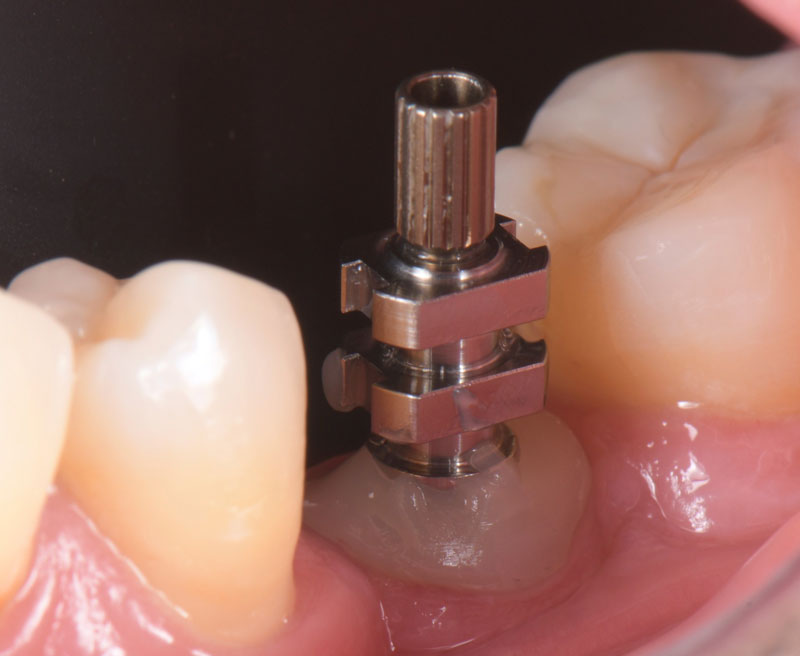Immediate Implant Placement in a Mandibular Molar Site
By Ricardo Mitrani on July 29, 2020 | commentsThe Straumann BLX implant system combines an innovative design with proven surface technology that gives the clinician the possibility of achieving high insertion torque during placement in a fresh extraction socket.
The concept of immediate implant placement after extraction provides reduction in the number of surgical interventions and a shorter treatment time. One of the shortcomings of this technique is that the implant diameter is often smaller than the diameter of the root of the extracted tooth, which may lead to a gap between the implant and the extraction socket. There are different protocols described in the literature to graft this area.
A simple protocol is described in this visual essay to walk you through the insertion of an immediate implant in a mandibular molar site in conjunction with a simple technique for grafting at the time of implant placement.






















Ricardo Mitrani, D.D.S., M.S.D., is a member of Spear Resident Faculty.